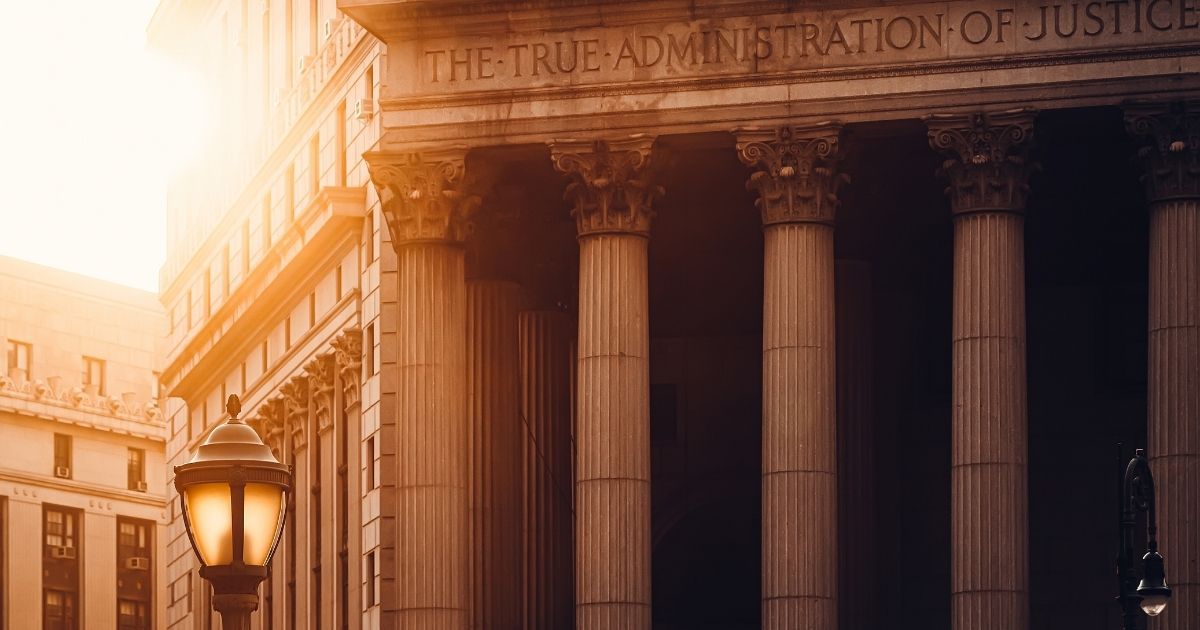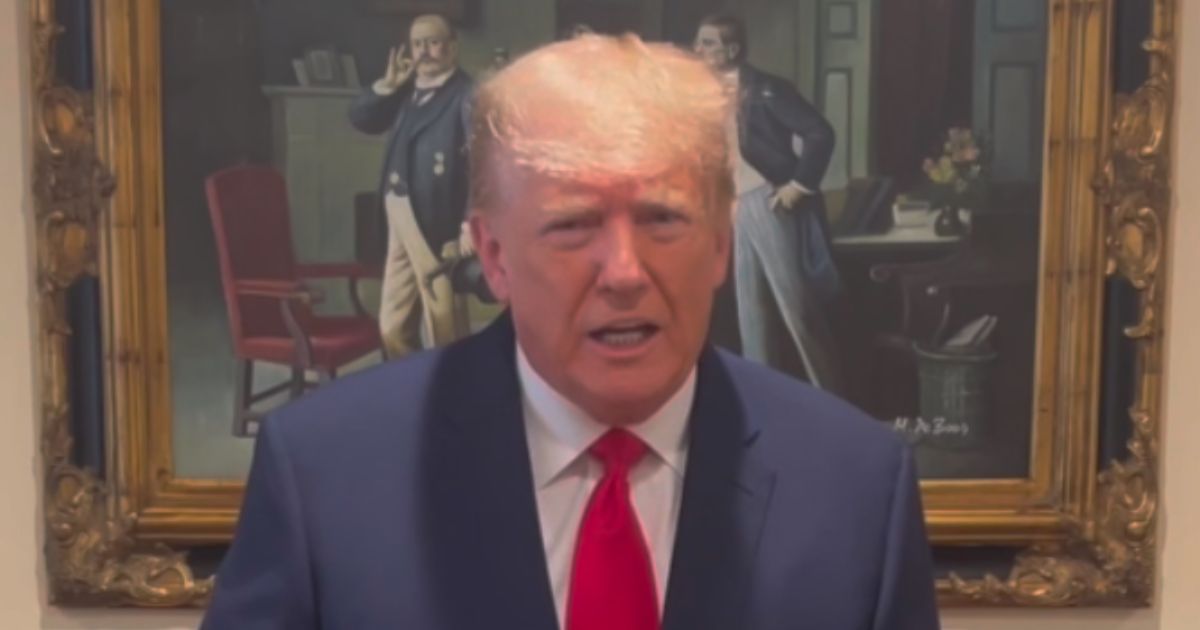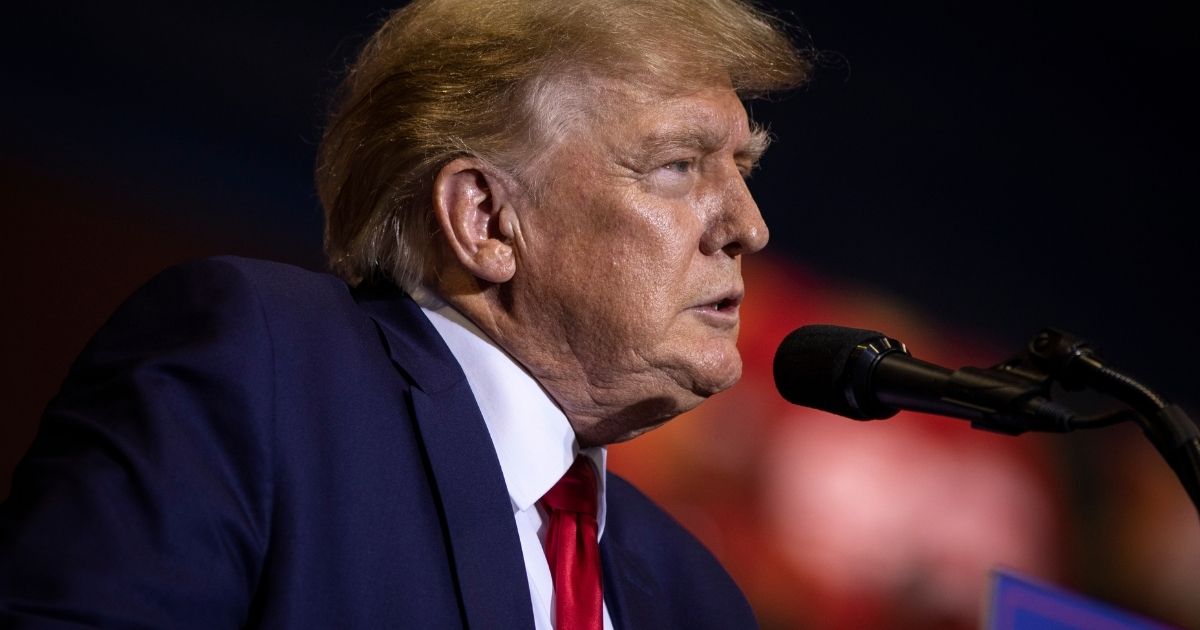Daniel Penny Defense Team Rests in NY Subway Case
As the defense team rested in the high-profile trial of Daniel Penny, public debates over the circumstances of Jordan Neely's death in a New York City subway continue to intensify.
The case, brought by Manhattan D.A. Alvin Bragg, revolves around a 2023 incident in which Penny applied a chokehold to Jordan Neely, leading to developments that are now contested by legal and medical experts, as Fox News reports.
In 2023, an altercation occurred in a New York City subway during which Penny, a 26-year-old Marine veteran and architecture student, was involved in a physical confrontation with Neely, a former Michael Jackson impersonator said to be in the grips of a schizophrenic episode.
Penny, facing charges of second-degree manslaughter and criminally negligent homicide, is accused of causing Neely's death by applying a chokehold.
During the trial, the defense presented an argument that Neely's death was not directly caused by the chokehold but was a result of various pre-existing health issues, including untreated sickle cell trait and the effects of synthetic marijuana abuse. Neely still had a pulse after the chokehold was released, though he later passed away.
Medical Expert Disputes Chokehold Death Cause
Forensic pathologist Dr. Satish Chundru, testifying for the defense, argued that the chokehold did not lead to Neely's death but attributed it to a combination of unspecified health issues.
Contrasting this view, Dr. Cynthia Harris from the New York City Medical Examiner's Office testified that Neely died from asphyxiation directly caused by the chokehold.
Adding to the medical discourse, Dr. Michael Baden, another expert witness, emphasized that sickle cell trait, which Neely had, is generally a benign condition that should not cause sudden death.
His testimony sought to clarify the nature of sickle cell trait versus sickle cell disease, noting that the physiological response observed at Neely's autopsy was consistent with those who have the trait and does not typically result in acute death.
Defense Highlights Complex Causality in Death
The defense also raised the point that Neely had an existing open bench warrant from Feb. 23, 2023, which they suggested could have influenced the dynamics of the confrontation.
Despite not testifying in his own defense, Penny's interaction with the police was shown to jurors through an NYPD interrogation video, which his lawyers claimed supported their argument.
Thomas Kenniff, one of Penny’s defense attorneys, presented this evidence as a crucial component of their case, suggesting that Penny had an opportunity to explain his actions during the crucial moments surrounding the incident.
Kenniff argued that the narrative shown in the video was consistent with the evidence and testified statements, portraying Penny’s actions as a response to the situation as he perceived it.
Legal Analysis Emphasizes Varied Defense Strategies
Legal expert Louis Gelormino commented on the defense's strategy, pointing out that by highlighting Neely's health issues and the presence of the bench warrant, the defense is operating on a dual pathway: asserting that Penny’s actions were not the cause of death and, alternatively, that they were justified under the circumstances.
The trial, presided over by Judge Maxwell Wiley, has seen a significant focus on the testimonial discrepancies between medical experts. With the charging conference scheduled for the following Monday, all parties await the next legal developments.
Jury to Deliberate on Sickle Cell Impact
As closing arguments are expected to take place soon, the jury will be tasked with determining whether the sickle cell trait, the use of a chokehold, or a combination of both, were responsible for Neely's death.
This decision will hinge on the varied expert testimonies concerning the medical cause of death and the legal justifications for Penny's actions during the altercation.
In conclusion, the trial of Daniel Penny showcases a complex interaction of medical, legal, and ethical dilemmas.
With conflicting testimonies from forensic experts and pointed defenses, the jury will need to navigate through the intricate details of health issues and the precise actions taken during the incident to reach a verdict. The outcome of this case is likely to resonate beyond the courtroom, influencing public perception and legal practices concerning physical restraints and their lethal potential.





